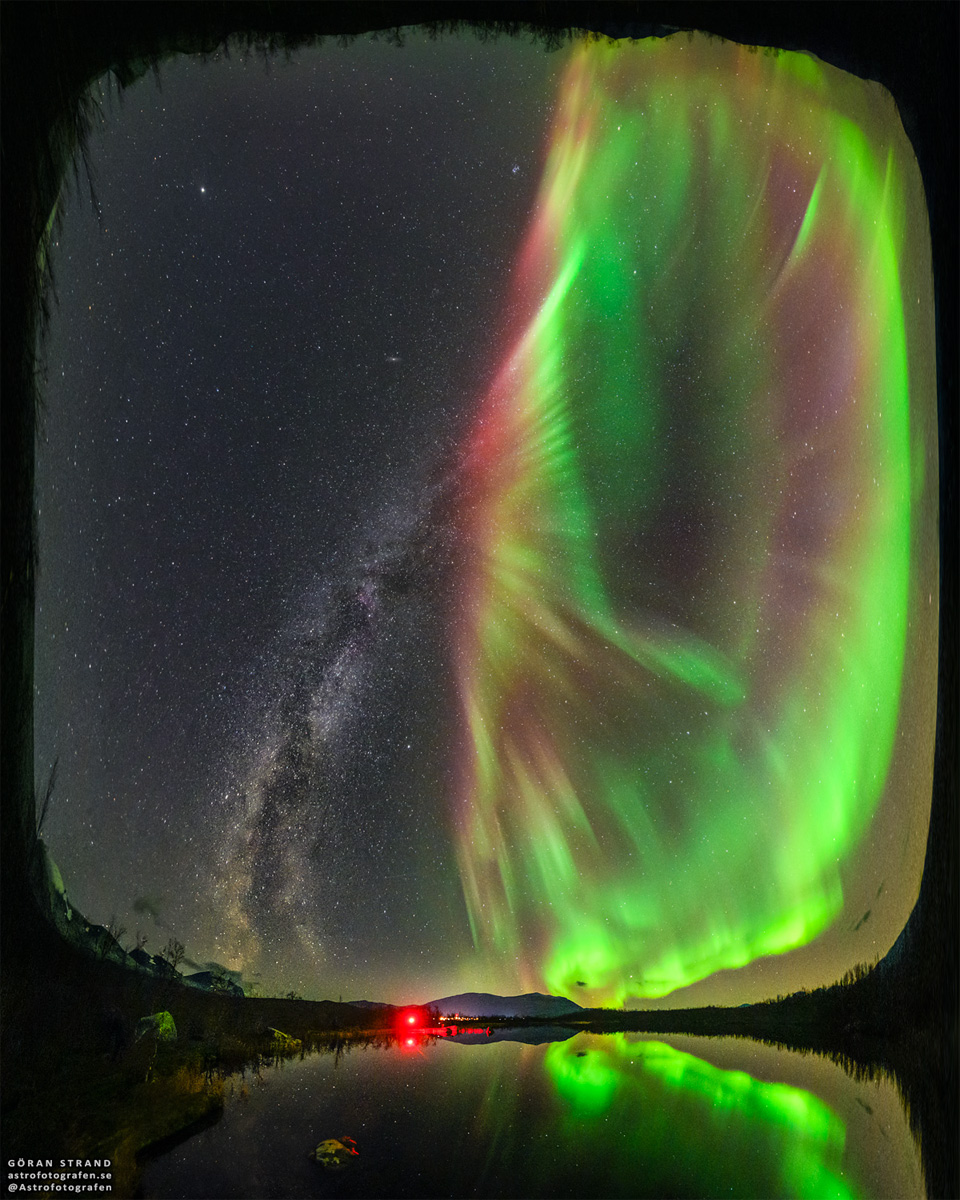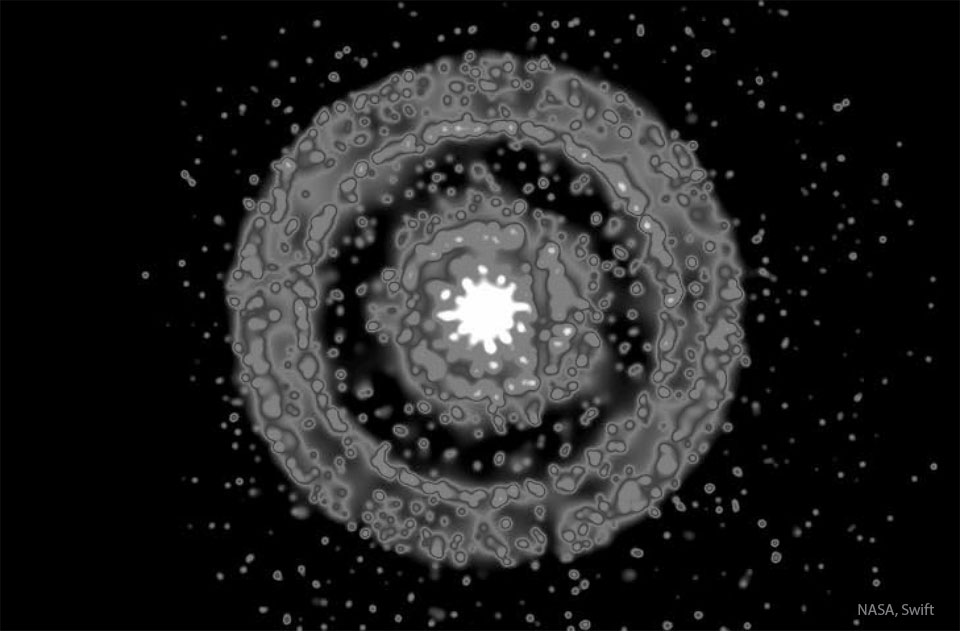안녕하세요, 잡학다식 입니다. 오늘은 과연 나사에서 어떤 방식으로 우주의 형상을 표현해 줄까요?
우선 이미지부터 볼 수 있도록 하겠습니다

해당 사진의 이름은 A Galaxy Beyond Stars, Gas, Dust 인데요 우선 NASA에서 공식적으로 발표한 설명들을 확인해 보겠습니다
Do we dare believe our eyes? When we look at images of space, we often wonder whether they are "real", and just as often the best answer varies. In this case, the scene appears much as our eyes would see it, because it was obtained using RGB (Red, Green, Blue) filters like the cone cells in our eyes, except collecting light for 19 hours, not a fraction of a second. The featured image was captured over six nights, using a 24-inch diameter telescope in the Sierra Nevada Mountains, in California, USA. The bright spiral galaxy at the center (NGC 7497) looks like it is being grasped by an eerie tendril of a space ghost, and therein lies the trick. The galaxy is actually 59 million light years away, while the nebulosity is MBM 54, less than one thousand light years away, making it one of the nearest cool clouds of gas and dust -- galactic cirrus -- within our own Milky Way Galaxy. Both are in the constellation of Pegasus, which can be seen high overhead from northern latitudes in the autumn.
이번에도 광활한 우주 앞에 인간이 얼마나 작은 존재인지 다시 한번 알게 되는것 같습니다
저는 내일도 더 좋은 사진과 함께 돌아오겠습니다, 그럼 행목한 하루 되시길 바랍니다
'과학상식' 카테고리의 다른 글
| NASA 나사의 오늘의 이미지들 (2022-10-21) (0) | 2022.10.22 |
|---|---|
| NASA 나사의 오늘의 이미지들 (2022-10-20) (0) | 2022.10.21 |
| NASA 나사의 오늘의 이미지들 (2022-10-18) (0) | 2022.10.19 |
| NASA 나사의 오늘의 이미지들 (2022-10-17) (0) | 2022.10.18 |
| NASA 나사의 오늘의 이미지들 (2022-10-14) (0) | 2022.10.15 |

